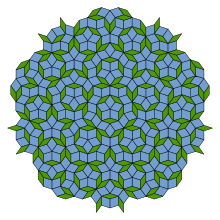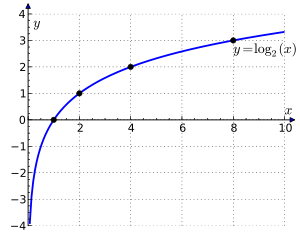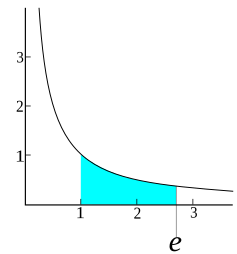Математика — это наука о представлении и рассуждении об абстрактных объектах (таких как числа , точки , пространства , множества , структуры и игры ). Математика используется во всем мире как важный инструмент во многих областях, включая естественные науки , инженерию , медицину и социальные науки . Прикладная математика , раздел математики, занимающийся применением математических знаний в других областях, вдохновляет и использует новые математические открытия и иногда приводит к развитию совершенно новых математических дисциплин, таких как статистика и теория игр . Математики также занимаются чистой математикой , или математикой ради нее самой, не имея в виду никакого приложения. Не существует четкой границы, разделяющей чистую и прикладную математику, и часто обнаруживаются практические приложения того, что начиналось как чистая математика. ( Полная статья... )

















Алан Матисон Тьюринг , OBE (23 июня 1912 — 7 июня 1954) — английский математик , логик и криптограф .
Тьюринг часто считается отцом современной компьютерной науки . Тьюринг обеспечил влиятельную формализацию концепции алгоритма и вычислений с помощью машины Тьюринга , сформулировав ныне широко принятую «тьюринговскую» версию тезиса Чёрча-Тьюринга , а именно, что любая практическая вычислительная модель имеет либо эквивалент, либо подмножество возможностей машины Тьюринга. С тестом Тьюринга он внес значительный и характерно провокационный вклад в дебаты относительно искусственного интеллекта : можно ли когда-нибудь сказать, что машина обладает сознанием и может мыслить . Позже он работал в Национальной физической лаборатории , создав один из первых проектов компьютера с хранимой программой, хотя он так и не был фактически построен. В 1947 году он переехал в Манчестерский университет , чтобы работать, в основном над программным обеспечением, над Manchester Mark I, который затем стал одним из первых в мире настоящих компьютеров.
Во время Второй мировой войны Тьюринг работал в Блетчли-Парке , британском центре по взлому кодов , и некоторое время возглавлял Hut 8 , секцию, ответственную за криптоанализ немецкого флота. Он разработал ряд методов взлома немецких шифров, включая метод « бомбы» , электромеханической машины, которая могла находить настройки для машины «Энигма» . ( Полная статья... )

Алгебра | Арифметика | Анализ | Комплексный анализ | Прикладная математика | Исчисление | Теория категорий | Теория хаоса | Комбинаторика | Динамические системы | Фракталы | Теория игр | Геометрия | Алгебраическая геометрия | Теория графов | Теория групп | Линейная алгебра | Математическая логика | Теория моделей | Многомерная геометрия | Теория чисел | Численный анализ | Оптимизация | Теория порядков | Вероятность и статистика | Теория множеств | Статистика | Топология | Алгебраическая топология | Тригонометрия | Линейное программирование
Математика | История математики | Математики | Награды | Образование | Литература | Обозначения | Организации | Теоремы | Доказательства | Нерешенные проблемы
![]() Mathematics WikiProject — центр редактирования в Википедии, связанного с математикой. Присоединяйтесь к обсуждению на странице обсуждения проекта .
Mathematics WikiProject — центр редактирования в Википедии, связанного с математикой. Присоединяйтесь к обсуждению на странице обсуждения проекта .
Более подробную информацию по этой теме можно найти в следующих родственных проектах Фонда Викимедиа :